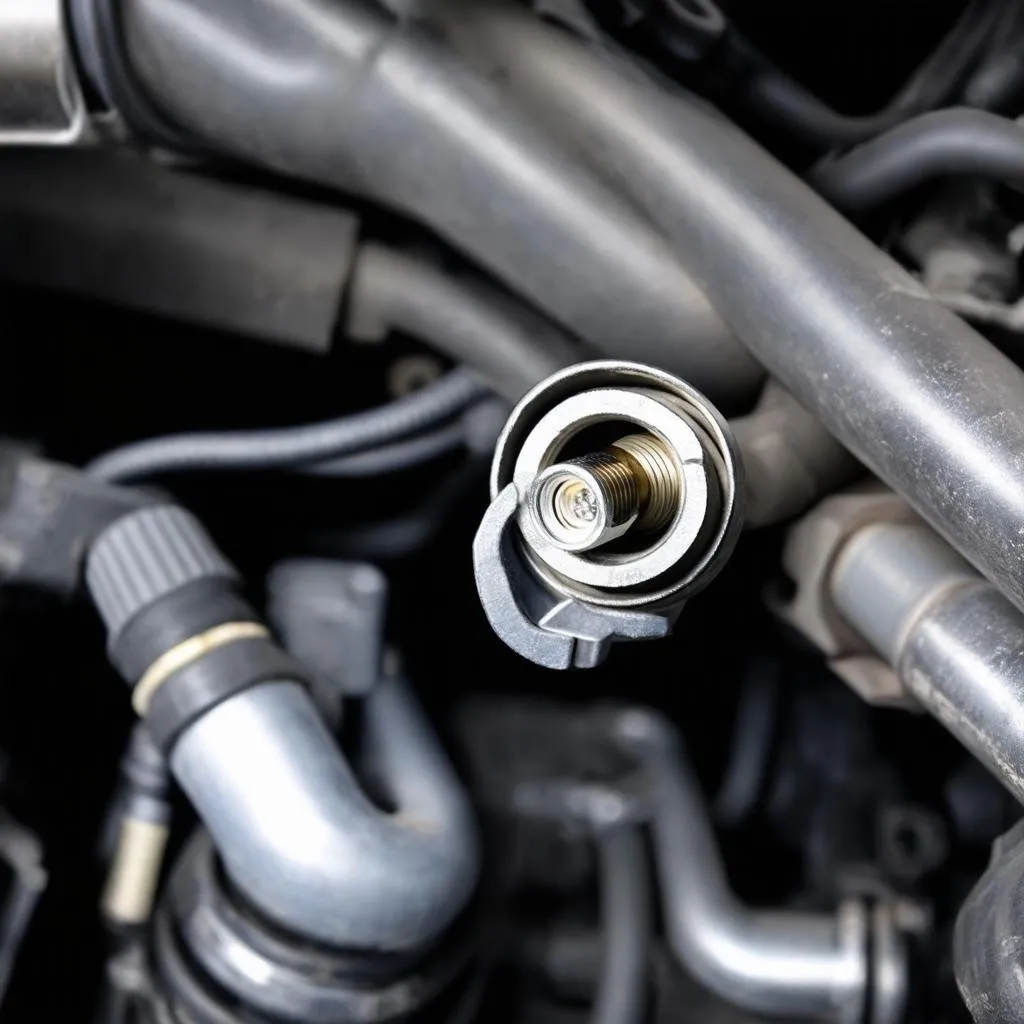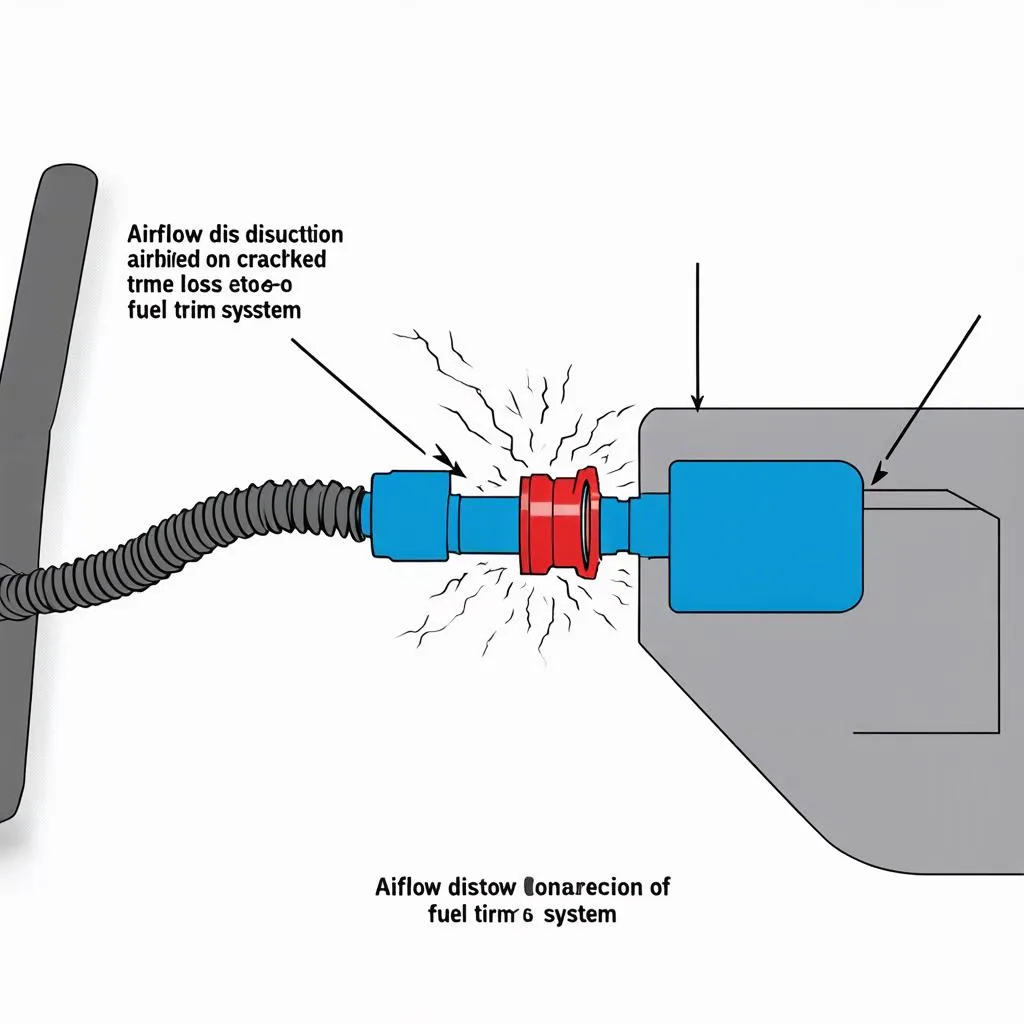VCDS 00928: A Comprehensive Guide for Understanding and Troubleshooting This Error Code
Have you ever been driving your car and suddenly, a warning light flashes on the dashboard? It’s a scary feeling, especially if you don’t know what it means. You pull over, check the manual, and it says “Vcds 00928”. You’re left wondering, “What the heck is VCDS 00928, and what do I do about it?”
Well, you’re not alone. Many car owners have encountered this error code, and it can be quite confusing. But don’t worry, in this guide, we’ll break down everything you need to know about VCDS 00928. We’ll explore the meaning, common causes, and troubleshooting steps, so you can understand the issue and find a solution.
What Does VCDS 00928 Mean?
VCDS 00928 is a diagnostic trouble code (DTC) that appears in the Volkswagen, Audi, Skoda, and Seat vehicles, commonly known as the VAG group. It’s often associated with the engine control unit (ECU) and signifies a problem with the fuel trim system.
Understanding Fuel Trim
The fuel trim system is a vital part of your engine’s performance. It constantly monitors and adjusts the amount of fuel injected into the cylinders to ensure optimal combustion. This system aims to maintain the correct air-fuel ratio, which is essential for smooth operation, efficient fuel consumption, and low emissions.
Why Is Fuel Trim Important?
Think of fuel trim like a chef adjusting the seasoning in a dish. A perfect air-fuel ratio is like a perfectly seasoned meal – it’s just right! Too much fuel, and you’ll have a rich, smoky engine. Too little fuel, and the engine will sputter and struggle to run.
The Meaning Behind VCDS 00928
VCDS 00928 specifically indicates a problem with the long-term fuel trim system. This system focuses on making gradual adjustments to the fuel injection based on long-term readings from oxygen sensors. When the ECU detects a significant deviation from the ideal air-fuel ratio, it triggers the error code VCDS 00928.
What Causes VCDS 00928?
Several factors can contribute to this error code, and understanding them is crucial for effective troubleshooting. Here are some common culprits:
1. Faulty Oxygen Sensors
Oxygen sensors are crucial for the fuel trim system. They measure the amount of oxygen in the exhaust gases and send this information to the ECU. If an oxygen sensor malfunctions, it can provide inaccurate readings, leading to incorrect fuel trim adjustments and the dreaded VCDS 00928 error.
2. Air Leaks
A leak in the intake manifold or other parts of the engine’s intake system can allow unmetered air to enter the cylinders. This disrupts the air-fuel ratio, causing the fuel trim system to struggle and triggering the error code.
3. Vacuum Leaks
Similar to air leaks, vacuum leaks can also disrupt the air-fuel ratio. Think of a vacuum leak as a tiny hole in the pipe that connects the engine to the atmosphere. This allows air to enter the system, disrupting the carefully controlled balance needed for proper combustion.
4. Dirty Fuel Injectors
Over time, fuel injectors can become clogged with deposits, preventing them from delivering fuel accurately. This can lead to uneven fuel distribution and cause the fuel trim system to overcompensate, ultimately resulting in the VCDS 00928 error.
5. Faulty Fuel Pressure Regulator
The fuel pressure regulator controls the pressure at which fuel is delivered to the injectors. A faulty regulator can lead to inconsistent fuel pressure, throwing off the air-fuel ratio and triggering the VCDS 00928 error.
6. Faulty Mass Air Flow Sensor
The mass air flow sensor (MAF) measures the amount of air entering the engine. If the MAF sensor is faulty, it can provide inaccurate readings to the ECU, leading to incorrect fuel trim adjustments and the dreaded VCDS 00928 error.
Troubleshooting VCDS 00928
Now that you understand the potential causes, let’s tackle how to troubleshoot and resolve the VCDS 00928 error. Here’s a step-by-step approach:
1. Scan for Codes
Begin by using a diagnostic scanner to retrieve the specific error code and any accompanying information. This will help you narrow down the potential problem areas.
Pro Tip: Some auto parts stores offer free code scans. You can also purchase a dedicated scanner like the VCDS tool, which offers more in-depth diagnostics and control over your car’s electronic systems.
2. Inspect Oxygen Sensors
Visually inspect the oxygen sensors for signs of damage, corrosion, or contamination. The sensors are typically located in the exhaust manifold and should be free of any obvious issues.
Pro Tip: Replace oxygen sensors with genuine OEM parts, as aftermarket ones can sometimes cause issues.
3. Check for Leaks
Inspect the intake manifold, hoses, and vacuum lines for any signs of leaks. Look for cracks, tears, or loose connections. Pay attention to the sound of air escaping when the engine is running.
Pro Tip: Use a vacuum leak tester to detect leaks in hard-to-reach areas.
4. Clean Fuel Injectors
Clean your fuel injectors using a fuel injector cleaner or by having them professionally cleaned. This can help remove deposits and improve fuel delivery.
Pro Tip: Regular fuel injector cleaning can help prevent future issues and maintain optimal engine performance.
5. Inspect the Fuel Pressure Regulator
Visually inspect the fuel pressure regulator for signs of damage or leaks. You can also test the fuel pressure using a pressure gauge.
Pro Tip: If you suspect a faulty fuel pressure regulator, consider replacing it with a new one.
6. Check the Mass Air Flow Sensor
Inspect the MAF sensor for dirt, oil, or damage. If the sensor is dirty, clean it carefully with a specialized MAF sensor cleaner. If it’s damaged, replace it with a new one.
Pro Tip: Handle the MAF sensor gently as it’s a sensitive component. Avoid touching the sensor element with your fingers.
VCDS 00928: A Holistic Approach to Troubleshooting
Remember, understanding the root cause of VCDS 00928 is crucial for a successful resolution. While the technical aspects are essential, it’s also helpful to consider the problem from a broader perspective:
The “Energy Flow” Perspective
Dr. Michael Faraday, a renowned physicist, once said, “Energy can neither be created nor destroyed, it can only be transformed from one form to another.” In the context of your car’s fuel trim system, we can see this principle in action. The engine relies on the smooth flow of energy – from the fuel, through the intake system, into the cylinders, and ultimately out through the exhaust. VCDS 00928 is a symptom of an interruption to this energy flow.
The “Feng Shui” Perspective
Think of your car’s fuel trim system as a complex network of “energy channels.” Each component plays a role in maintaining balance and harmony. When a sensor malfunctions or a leak occurs, it disrupts the flow, leading to imbalance and the error code. Just like a cluttered room can hinder the flow of energy in Feng Shui, a malfunctioning component can disrupt the flow of energy in your car’s fuel trim system.
VCDS 00928: A Common Question
Question: “Can I ignore the VCDS 00928 error code? Will my car run okay?”
Answer: It’s not recommended to ignore this error code. Although your car might still run, it could experience issues like poor fuel economy, rough idling, reduced power, or even damage to the engine if left unresolved.
What If You’re Still Stuck?
If you’ve tried the troubleshooting steps above and are still struggling with the VCDS 00928 error, it’s best to consult a qualified mechanic. They have the expertise and tools to diagnose the issue accurately and recommend the most appropriate solution.
Looking for More Information?
For a deeper dive into the VCDS error codes, check out our comprehensive guide on VCDS error codes. We also have helpful resources on fuel trim systems.
Need Help With Diagnostics Tools?
For expert guidance on diagnostics tools, including VCDS and other solutions, reach out to us! Our team of professionals is here to assist you 24/7. Contact us via WhatsApp at +84767531508.
Conclusion
VCDS 00928 can be a perplexing error code, but with the right knowledge and troubleshooting steps, you can effectively identify and address the issue. Remember, a well-maintained fuel trim system is crucial for optimal engine performance, fuel efficiency, and reduced emissions.
If you’re unsure about any of the steps, don’t hesitate to reach out to a professional for help. Let’s keep your car running smoothly and efficiently!
 Oxygen Sensor
Oxygen Sensor
 Vacuum Leak
Vacuum Leak
 Fuel Injectors
Fuel Injectors
